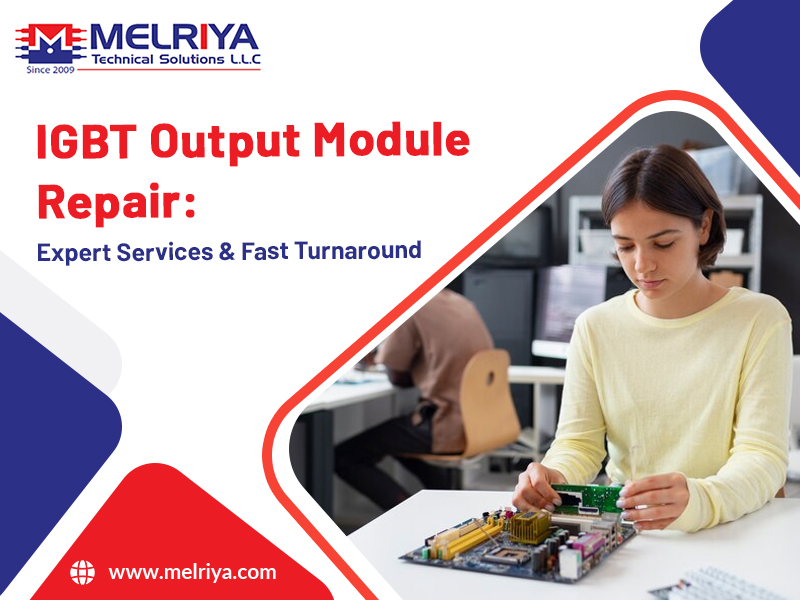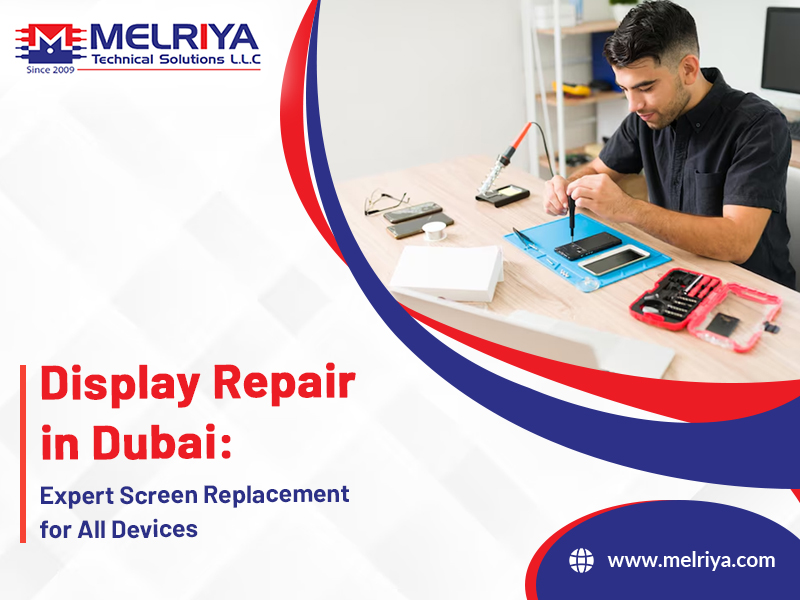Technological advancement progressively revolutionizes embedded systems among consumer electronics, automotive, and healthcare. At the center of all these systems are the Printed Circuit Board (PCB) and display unit, which are the important parts that enable operation and user interaction by the device.
Cost-effective PCB & display unit designs and implementations for embedded systems are pretty challenging. This blog covers most of the important stages of the process from study to final delivery of the cost-effective low-price design and its quality in demanding applications to optimizing design for low cost, along the way including common challenges faced.
Exploring a low-cost PCB & Display unit might go a long way in understanding the requirements of the embedded system. Embedded systems are specific, particular applications of embedded systems. A higher standard is needed in the case where the system is going to be a part of a device that has greater complexity, such as a medical instrument or industrial machine.
The design of the PCB is the next step after having a clear foundation to the specific needs for the system. The PCB is the bedrock of an embedded system because it provides the sufficient platform for a microcontroller, sensors, and display unit which connects physically. The additional one is-as much as possible, minimize the number of PCB layers.
The commonly used display unit in most embedded systems is Liquid Crystal Display LCD. LCDs are widely available and economically affordable. PCB-Fit and visible make them truly recommended for a wide range of applications. Designers may consider using Light Emitting Diodes: depending on the complexity of the embedded system, for simpler display needs.
Optimization of power consumption is the next stage in the design of a low-cost PCB & display unit. Power efficiency is one of the most important factors for embedded systems since they mostly connect to restricted batteries. Low-power PCB design could save costs on the power supply, maximize battery life, and minimize device size. Hence, component selection is also among those to be considered. Such as energy-efficient microcontrollers and displays, low-power components could be selected to achieve this goal.
One challenge of cost-effective PCB & display development is to ensure that it is reliable and robust at the same time. While cost-cutting measures bring down the price of the unit, it is unlikely that they will cut down the price at the expense of quality. Most embedded systems have to face the rugged environment of very high temperature, humidity along with physical stress.
For further cost reduction, the designer can meet specified functions by employing some components "off the shelf." The custom-made components, much as they may add to the functionality, are generally quite expensive and time-consuming to develop and fabricate.
Finally, the choice of a reliable manufacturing partner is one of the most important factors determining the success of any unit. Manufacturers should produce quality PCBs and displays at low prices. They, in addition, need to have the capability of providing a design support program with short turnaround times for a timely project schedule.
In conclusion, design and implement this unit for embedded systems in a way that creates sheer performance while considering weight and cost. At Melriya Technical Solutions L.L.C, we specialize in providing solutions for embedded systems, and we are committed to delivering high-quality designs at affordable prices.
For assistance on how to design and implement low-cost solutions for embedded systems, seek out expert consultants who understand the intricacies of PCB display component design.







.png)







